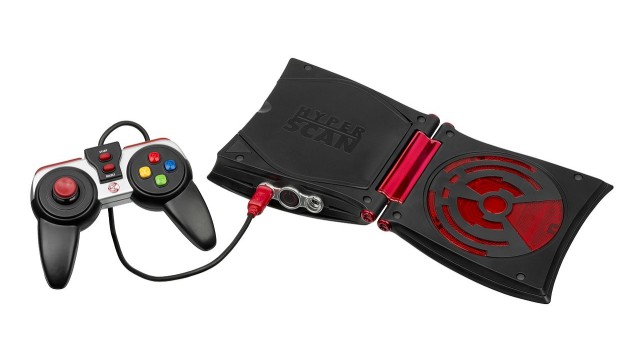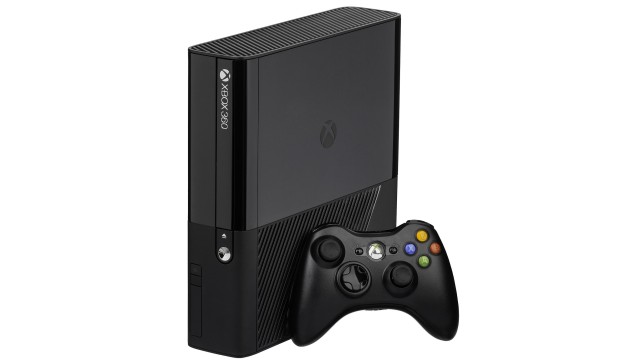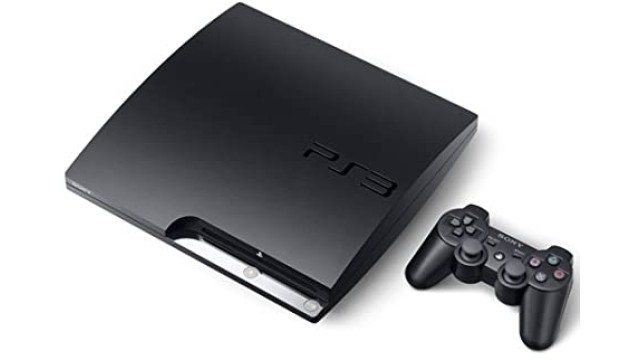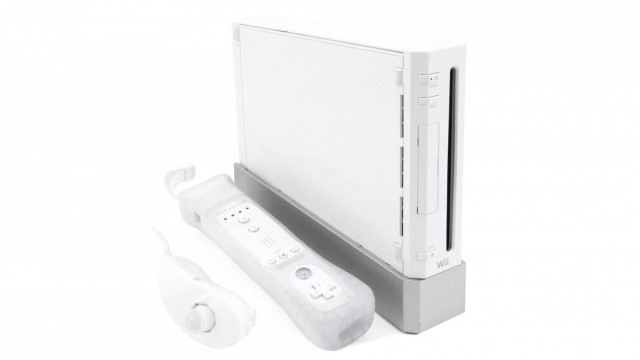
HyperScan
Launches: 2006
Units sold: 10 000
Generation: 7th
 HyperScan technical specifications
HyperScan technical specifications
CPU: Sunplus SPG290 SoC
Memory: 16 MB
 HyperScan video specifications
HyperScan video specifications
HyperScan graphics capabilities.
Video chip:
Video connection: Composite Video
 HyperScan audio specifications
HyperScan audio specifications
HyperScan sound capabilities.
Audio chip:
Audio mode:
 Controllers of HyperScan
Controllers of HyperScan
 HyperScan games support
HyperScan games support
Support: CD
HyperScan games
Games library:
HyperScan story
The Mattel HyperScan was a unique and ambitious console that attempted to blend traditional video gaming with RFID (Radio Frequency Identification) technology, offering a hybrid gaming experience that involved both digital gameplay and physical collectible cards. The story of its creation, development, launch, and market reception reflects Mattel's efforts to enter the video game market with an innovative approach, as well as the challenges the company faced in doing so.
The creation of the HyperScan began in the mid-2000s, a time when the video game industry was becoming increasingly competitive. Major players like Sony, Microsoft, and Nintendo were dominating the market with powerful consoles that catered to both hardcore gamers and casual players. Mattel, a company best known for its toy products such as Barbie and Hot Wheels, saw an opportunity to enter the video game market with a product that combined its expertise in physical toys with the digital interactivity of video games. The idea was to create a console that would appeal to children by incorporating a collectible element into the gameplay, something that was already popular in toys and trading card games.
To realize this vision, Mattel developed the concept of the HyperScan, a console that used RFID technology to read data from collectible cards, which players could then use to interact with games. Each card contained an RFID chip that could be scanned by the console, unlocking new characters, abilities, or levels within a game. This concept was intended to create a deeper connection between the physical and digital worlds, encouraging players to collect and trade cards as part of the gaming experience. The HyperScan was designed to be affordable and accessible, targeting a younger audience that was already familiar with both video games and collectible card games.
The development of the HyperScan involved several key challenges. One of the main technical hurdles was integrating the RFID scanning technology into a video game console in a way that was seamless and user-friendly. The console needed to be able to read and process the data from the cards quickly and accurately, without disrupting the flow of gameplay. Additionally, the games themselves had to be designed to incorporate the card-based mechanics in a way that felt natural and rewarding. Mattel worked with developers to create games that could leverage the RFID technology, ensuring that the cards were more than just a gimmick but an integral part of the gaming experience.
Another aspect of the HyperScan’s development was its hardware design. The console was relatively simple in terms of its technical specifications, reflecting Mattel's focus on keeping the system affordable. It featured a CD-ROM drive for loading games, which was a somewhat outdated technology at the time, as most consoles had moved on to more advanced media formats. The decision to use CD-ROMs was likely driven by cost considerations, as well as the fact that the games themselves were relatively simple in terms of graphics and processing requirements. The HyperScan also included a built-in RFID scanner, which was the centerpiece of the console's unique functionality.
Mattel decided to launch the HyperScan with a small lineup of games, each designed to showcase the potential of the card-based system. The most notable title was X-Men, a fighting game that allowed players to scan cards to unlock different mutants and special abilities. The idea was that players could build and customize their own roster of characters by collecting and scanning cards, which would then translate into unique in-game experiences. Other titles included Ben 10 and Interstellar Wrestling League, both of which also incorporated the card-scanning mechanic in various ways.
The launch of the HyperScan in October 2006 was met with a mix of curiosity and skepticism. Mattel priced the console at $69.99, making it an affordable option compared to other consoles on the market at the time. The games were sold separately, with card packs available for purchase to expand the gameplay experience. Mattel’s marketing efforts emphasized the unique hybrid nature of the system, positioning it as a new and innovative way to play video games that combined the physical appeal of collectible toys with the excitement of digital gaming.
Despite the innovative concept, the market reception of the HyperScan was largely negative. One of the primary criticisms was the console's outdated technology. The CD-ROM drive was seen as slow and clunky, resulting in long loading times that frustrated players. The graphics and gameplay of the HyperScan’s titles were also criticized for being subpar, especially in comparison to the offerings of other consoles on the market at the time, such as the PlayStation 2, Xbox, and Nintendo GameCube. The card-scanning mechanic, which was supposed to be the console’s main selling point, was often seen as more of a novelty than a meaningful addition to gameplay. Players found the process of scanning cards to be tedious and inconsistent, with the scanner sometimes failing to read cards properly, disrupting the gaming experience.
Moreover, the HyperScan suffered from a lack of third-party support. The console’s limited game library failed to attract a wide audience, and the games that were available did not offer the depth or replayability that players expected from a video game console. The collectible card aspect, while interesting in theory, did not resonate with enough consumers to drive significant sales. Additionally, the overall quality of the games and the console itself did not live up to the expectations set by the marketing campaign, leading to poor word-of-mouth and low consumer confidence.
Sales of the HyperScan were disappointing, and it quickly became clear that the console was not going to be a success. Retailers began to heavily discount the system in an attempt to clear out inventory, and by early 2007, less than a year after its launch, the HyperScan was effectively dead in the water. Mattel quietly discontinued the console, shifting its focus back to its core toy business and abandoning its brief foray into the video game market.
In retrospect, the HyperScan is often cited as an example of a product that was ahead of its time in concept but flawed in execution. The idea of combining physical collectibles with digital gameplay would later be realized more successfully by products like Skylanders and Amiibo, which offered a more seamless and polished integration of toys and video games. However, the HyperScan's poor reception and short lifespan prevented it from making a lasting impact on the market. Today, it is largely remembered as a curiosity, a footnote in the history of video game consoles that attempted something different but ultimately failed to capture the imagination of consumers.
Previous Mattel console: Intellivision


